Bee Trading Cards
Here is a version for print also: Oregon Bee Trading Cards
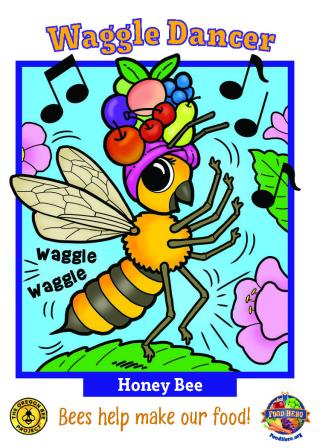
European honey bees are very social. They visit many flower types and are the most used crop pollinator worldwide. Females use a "waggle dance" to send messages to each other. An army of worker bees keeps the hive running and defends against invaders. Living close together can be a challenge, though, and makes it easier for diseases to spread.
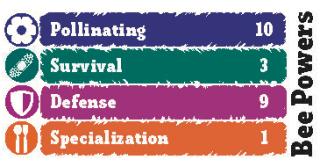
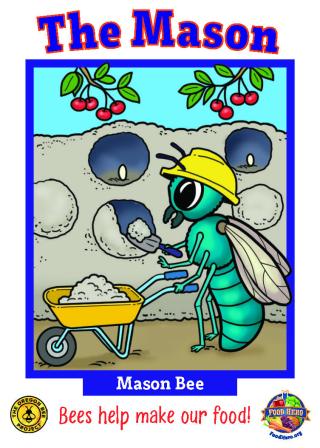
Mason bees are a bright metallic blue. They use paddle-like structures on their jaws to roll up mud balls to build their nests. The young are protected from parasites by the mud walls. Even in cold spring weather, they are hard workers, pollinating orchard crops (like apples and cherries)!

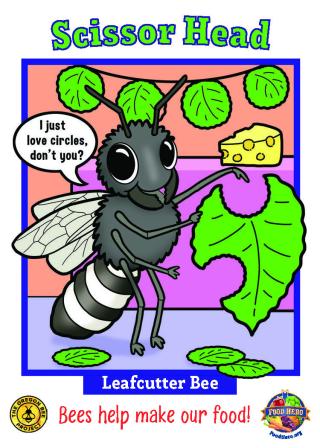
Leafcutter bees cut out little leaf pieces to make their nests, which protect them from parasites. In alfalfa fields, thousands live together in outdoor houses. Even though they nest in large numbers, they are not as defensive as honey bees. They are the #1 pollinator of alfalfa grown for seed, which produces nutrition-packed hay to feed livestock worldwide!
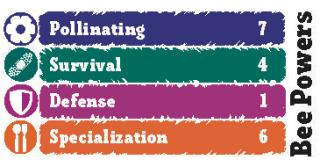
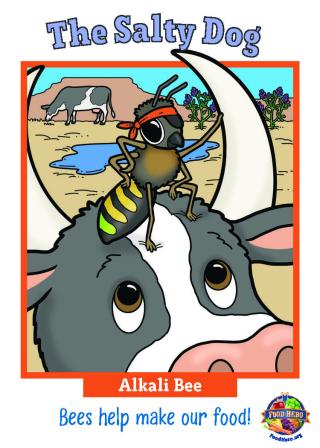
Alkali bees like to nest next to each other in special salty, moist, alkaline soils. They have beautiful iridescent stripes on their abdomens and are particularly good pollinators of alfalfa grown for seed. They also happen to be the only managed ground-nesting bee in the world! These characteristics give alkali bees solid scores across the board.
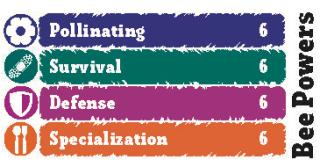
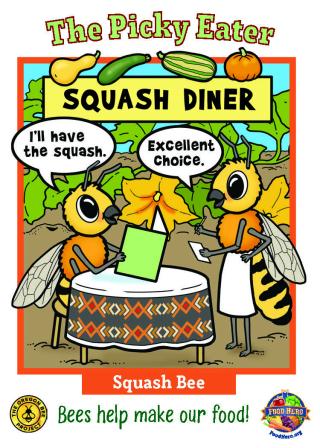
Squash bees feed only on squash pollen. They eat squash pollen, drink squash nectar, and nest in protective ground tunnels at the base of squash plants. Squash is found in fields across the United States, so life is pretty good for squash bees. Just like their cousins, the long-horned bees, they are shy and rarely defend their nests.
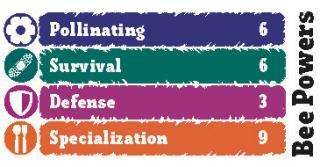
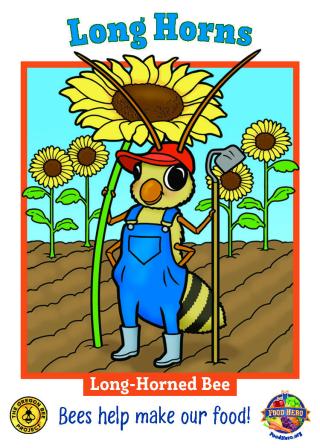
Long-horned bees are solitary, and many species are sunflower family specialists. They nest in protective ground tunnels and females have thick hairs on their back legs to collect pollen. Like their cousins, the squash bees, they are shy and rarely defend their nests.
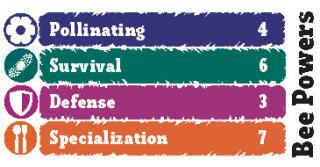
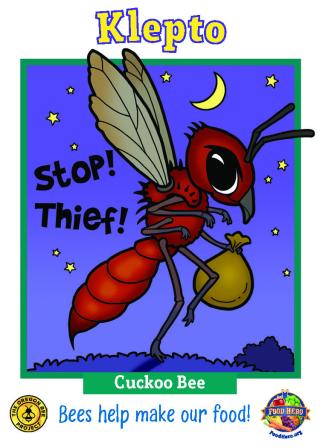
Cuckoo bees like Klepto steal resources from other bees. They do this by breaking into nests and replacing the young eggs and larvae with their own. To help them break in, they have evolved to have special spines and "armor." They score zero in pollinating and specialization because they don't collect their own pollen.
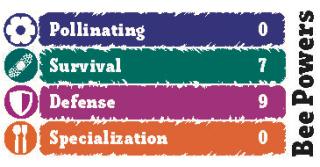

Mining bees dig complex ground tunnels where each female builds her own nest. Some species share tunnels they defend together. Their deep nests help them survive in harsh habitats. Female mining bees have velvety hair on their forehead, which scientists believe they use to communicate with each other underground.
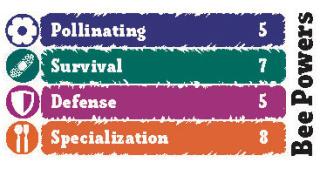
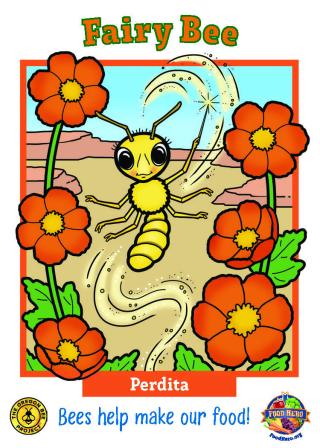
Perdita are some of the smallest bees in the world. They can be half the size of a grain of rice. They often have colorful markings on their face and body. Some Perdita are very rare because they only visit rare plants. Be because of their size and rarity, they score low in all other ways.
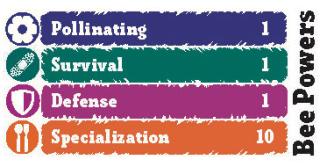

Bumble bees are large social bees. They have small colonies, with a small army of workers. They are great crop pollinators in cold weather and can buzz pollinate – vibrate their body as they collect pollen. Certain types of flowers only release pollen with buzz pollination. Bumbles are excellent pollinators of blueberries and cranberries, tomoatoes, peppers and clovers.
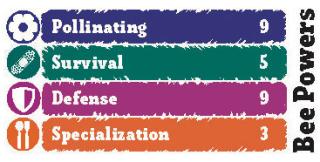

Green metallic sweat bees don't just sparkle, they are also great pollinators of many common garden plants. This gives them a good pollinating power score! Sometimes they next alone, and sometimes with a big family, but they always nest in tunnels in the ground, so they have excellent survival power! Their bright metallic green color means they get noticed!



